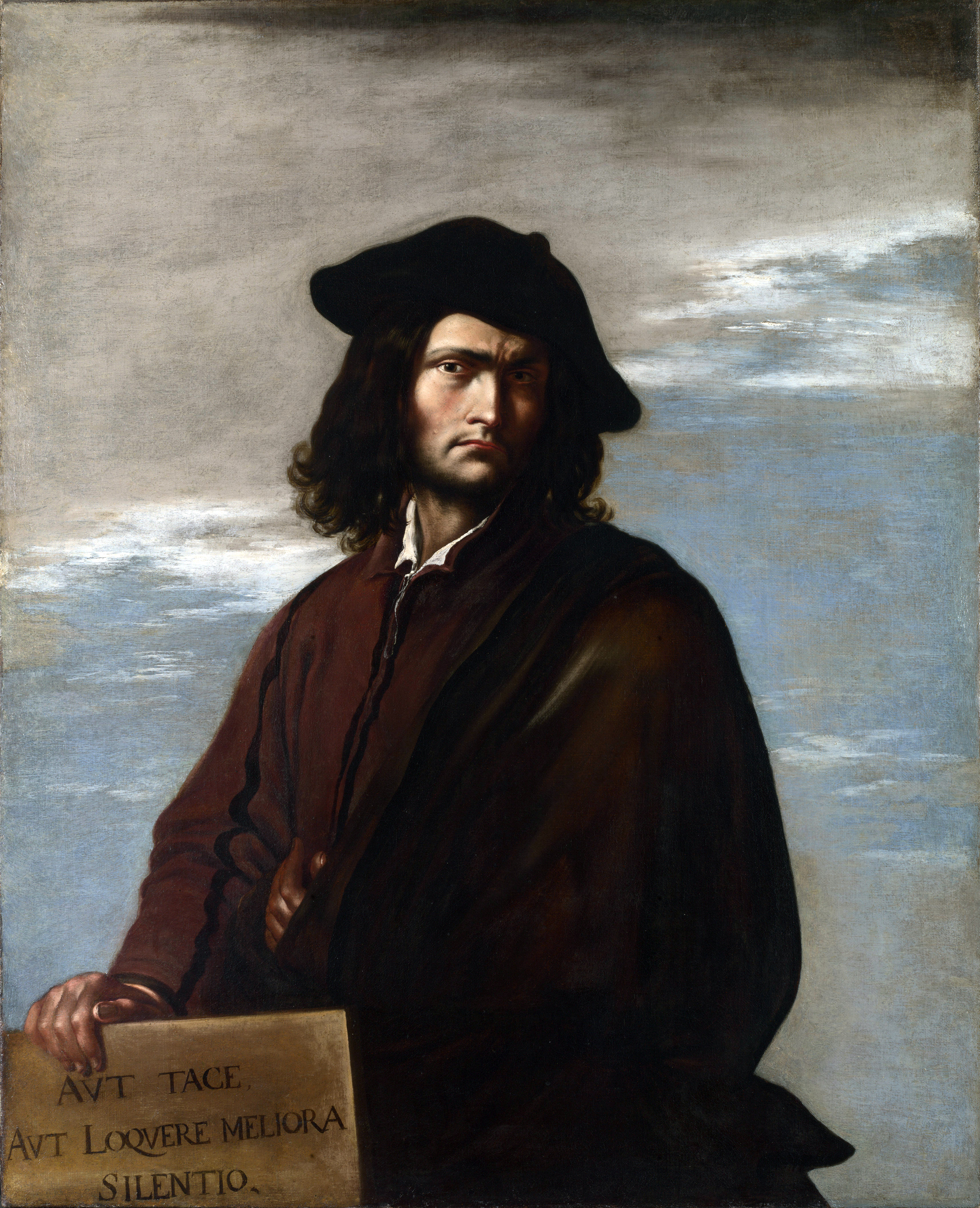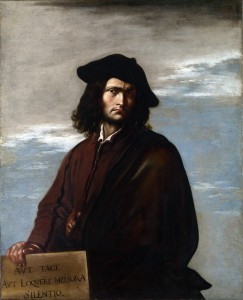CLASS: BONE DEEP GOTHIC
Curious what this is all about? Find out here!
In one sense, our exploration of the gothic will begin with an early subject: the career of painter Salvator Rosa, who was active during the middle part of the 1600s in the cities of Naples, Florence, and Rome. Rosa was a genius painter, with an eye for warped landscapes and rich symbolism. His work covers a broad array of landscapes, folktale scenes, character studies, and philosophers of antiquity. Also, he was painting over a hundred years before “gothic” tropes became fascinating to the upper classes of a country with a different religion, different climate, different culture, and different political traditions. The first “gothic” novel – Horace Walpole’s The Castle of Otranto – wasn’t published until 1764.
In another sense, our exploration of the gothic will begin late. If Salvator Rosa was painting a hundred years before the word “gothic” took on the meaning by which we recognize it today, the word had also been around for over a thousand years before Rosa was born. The original Goths were a Germanic tribe that lived on the margins of the late Roman Empire. In 410, the Visigoths, led by their king Alaric I, succeeded where military leaders as far back as Hannibal had failed: they besieged and sacked the city of Rome. After the final fall of the empire, the Visigoths occupied what would later become the nation of Spain. Along with the Ostrogoths, these Germanic tribes dominated the northern shores of the Mediterranean from the Iberian Peninsula in the west to the Balkans in the east.
So why start with Salvator Rosa?
The answer, simply complexly, is that Rosa was the artist who, more than any other, connected the history of the word “gothic” with its present form. As we’ll learn, the term “gothic,” while we associate it with a whole array of tropes from abandoned castles, ghosts and demons, damsels in distress, profane pacts, domination and subordination, and more, has a rich and complex history manifesting in such diverse moments as the construction of the British Parliament, the advent of landscape gardening, and the theory of the sublime articulated by philosophers going back as far as the Roman empire and discussed by Edmund Burke and Immanuel Kant… this is a prestigious pedigree for literature that was considered pulp by 18th century standards and is still considered pulp today. It may also provide some enticing hints as to what kind of popular literature – for ever since its conception in the 1764, gothic literature has had readers – could survive intact for 250 years and, indeed, retain so many of its original characteristics in modern form.
We’ll start to see these forms in Salvator Rosa.
This discussion’s reading:
Richard Davenport-Hines. Gothic: Four Hundred Years of Excess, Horror, Evil and Ruin.
Prologue and Chapter 1.
Next week:
Helen Langdon. Salvator Rosa.
NOTE: If you can’t obtain or complete the readings, I do hope you’ll still follow this series. Each reading will be briefly summarized at the beginning of relevant posts.
Questions? Thoughts?
Please share them in the comments below!



Comments
Pingback: Understanding the Gothic 1: In Media Res | Connor Coyne